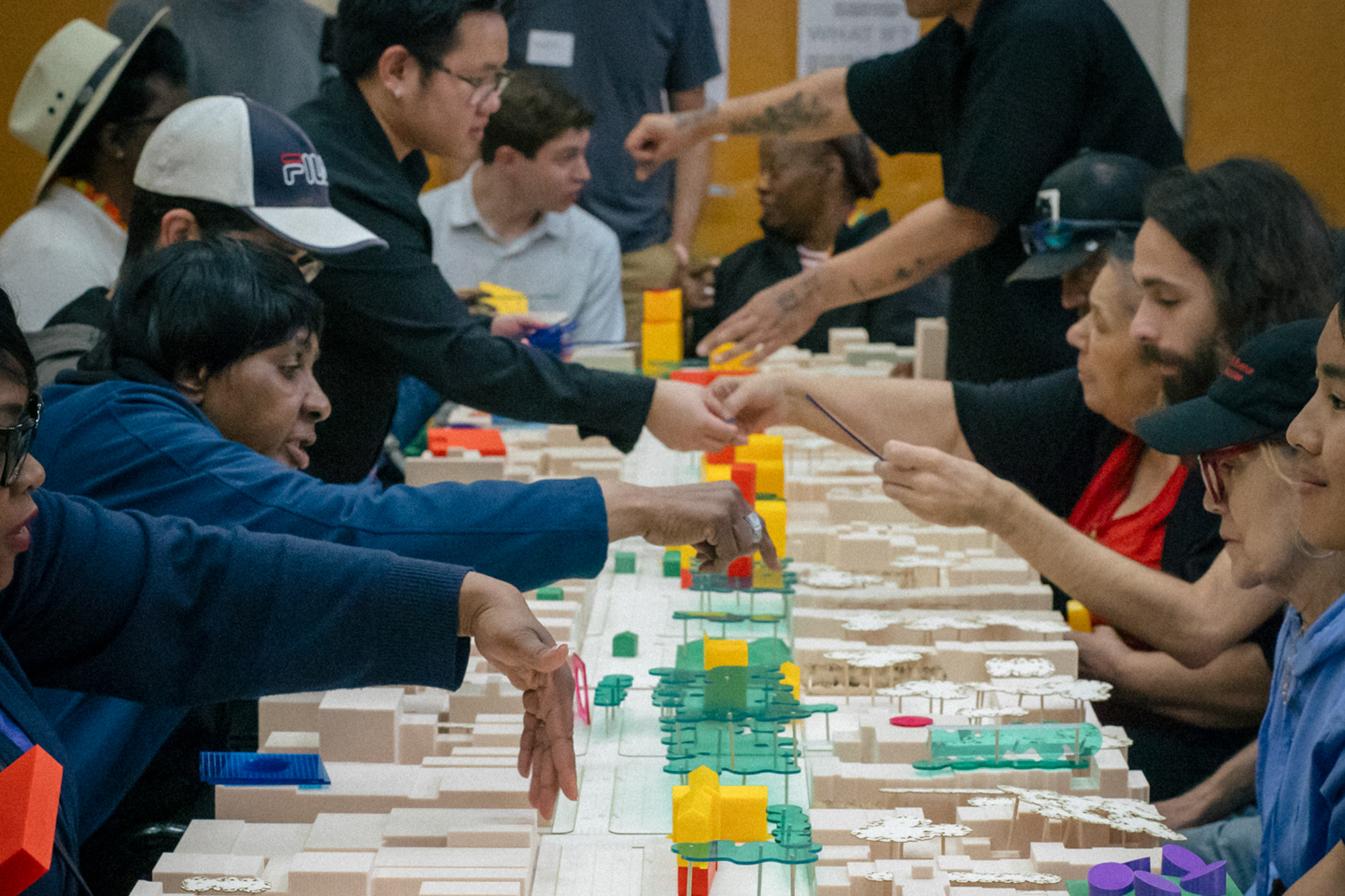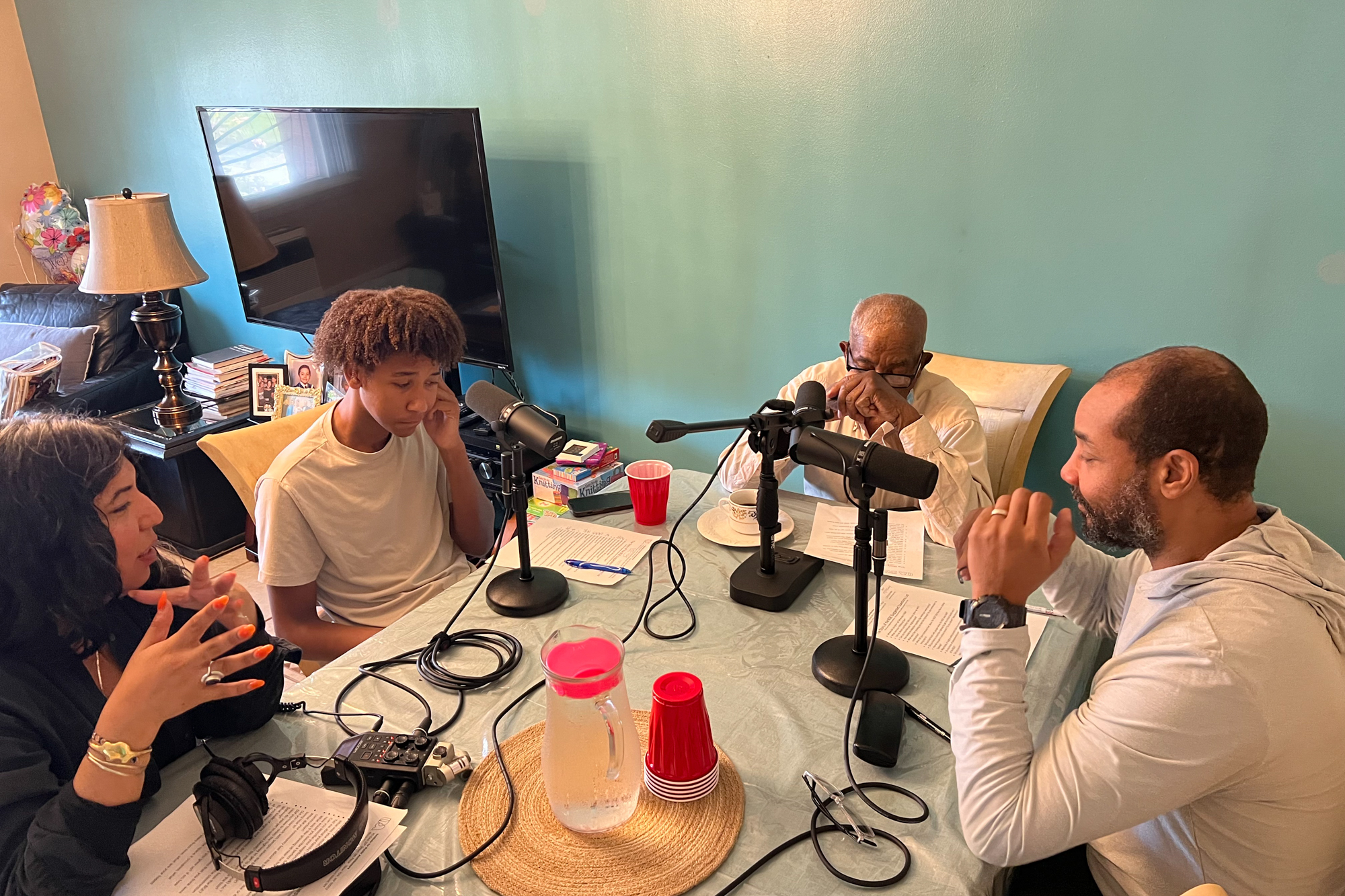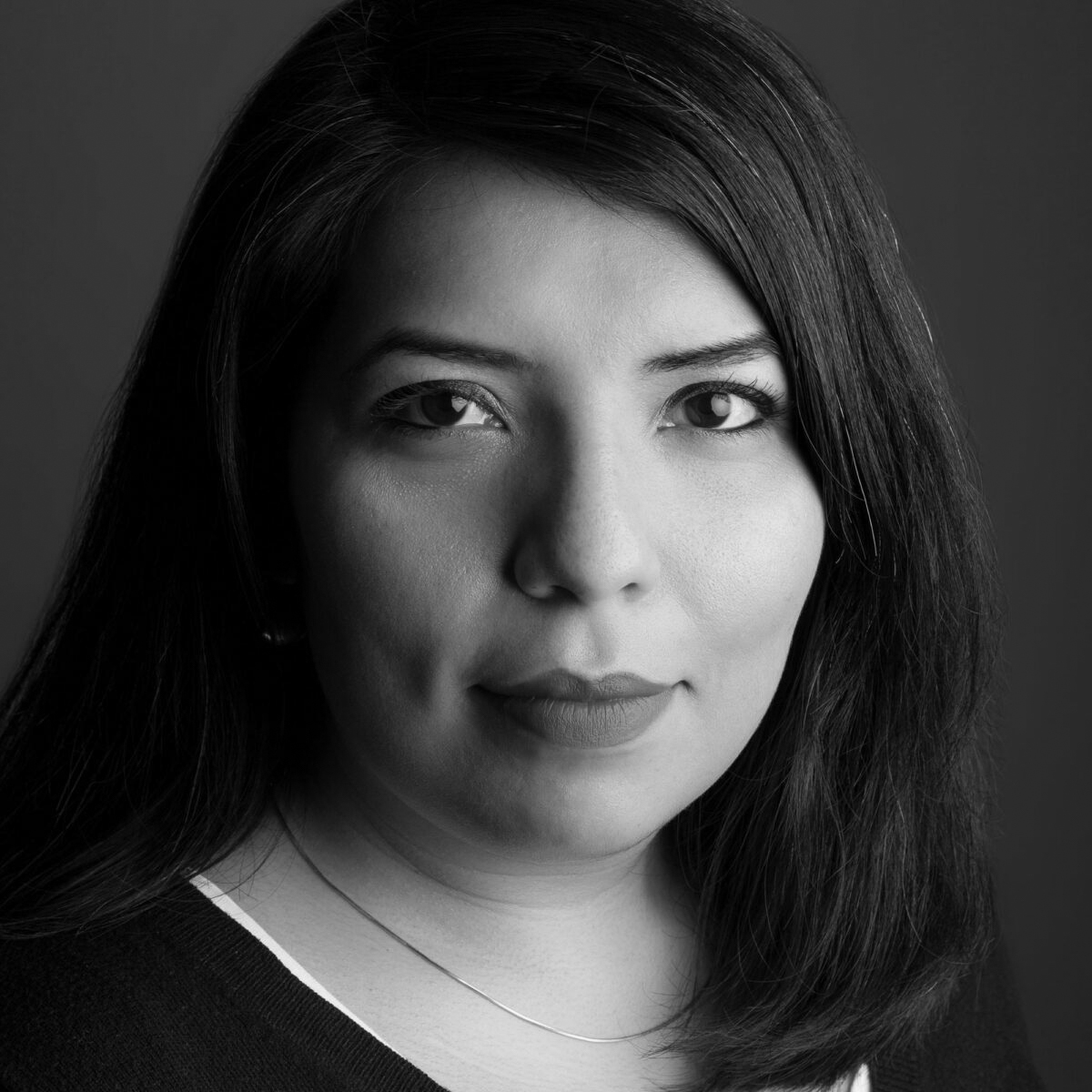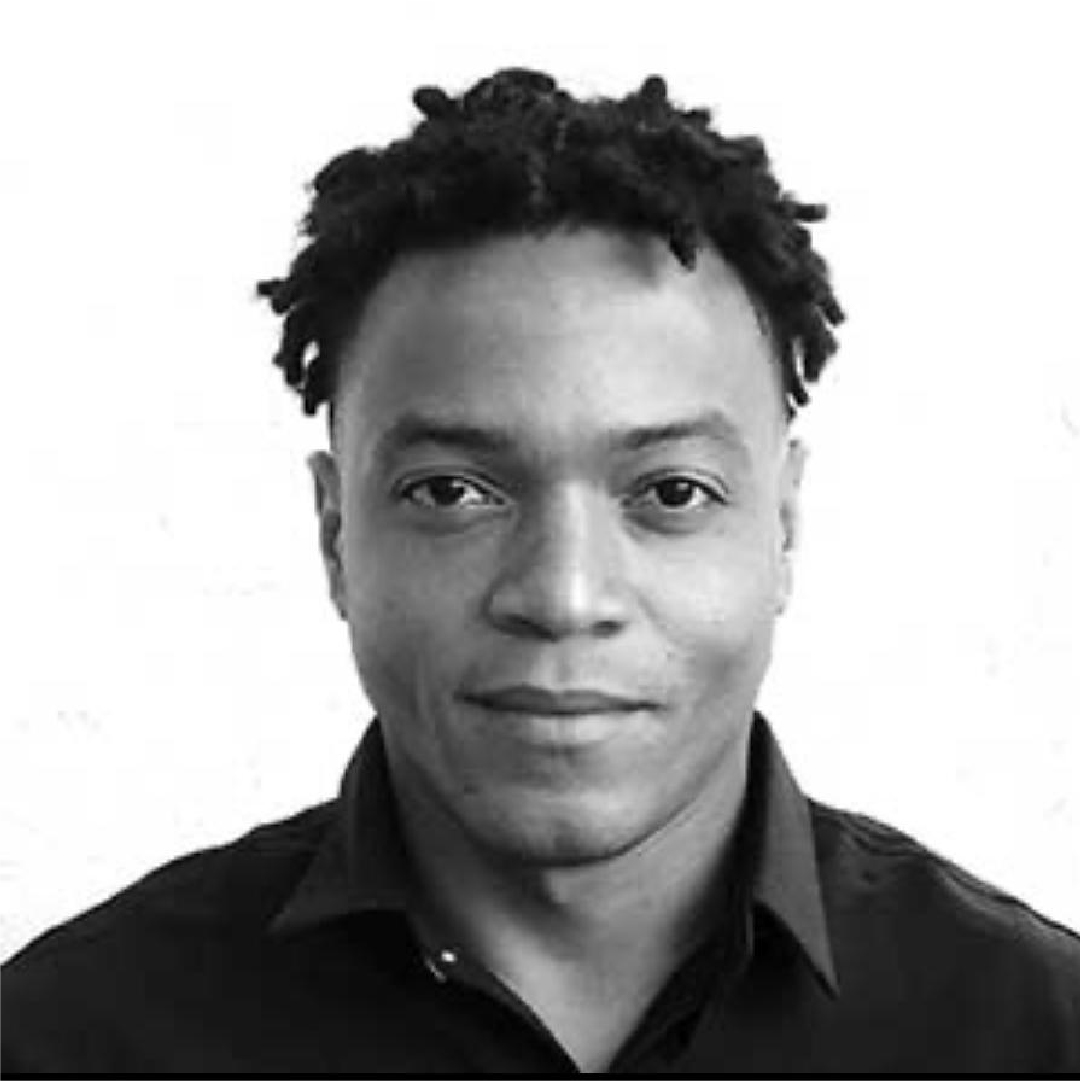Featured Project
Modeling Community Visions for a Future Without the BQE
MCV series of free and open to the public community design workshops where Brooklyn residents reimagine their neighborhoods in a vibrant post-BQE future. The divisive and polluting BQE, built by Robert Moses from 1937 to 1964, is falling apart. With the City’s recent federal funding appeal for repairs denied, local community groups have amplified their call for a holistic rethinking of the entire BQE corridor.
︎︎︎Learn More
BQE2053 is a multi-year project by the Institute for Public Architecture (IPA) which envisions a future without the Brooklyn-Queens Expressway (BQE). Through workshops, a documentary, oral history archive, symposium and design fellowships, the IPA brings community members, designers, politicians and other stakeholders to the table.

Projects
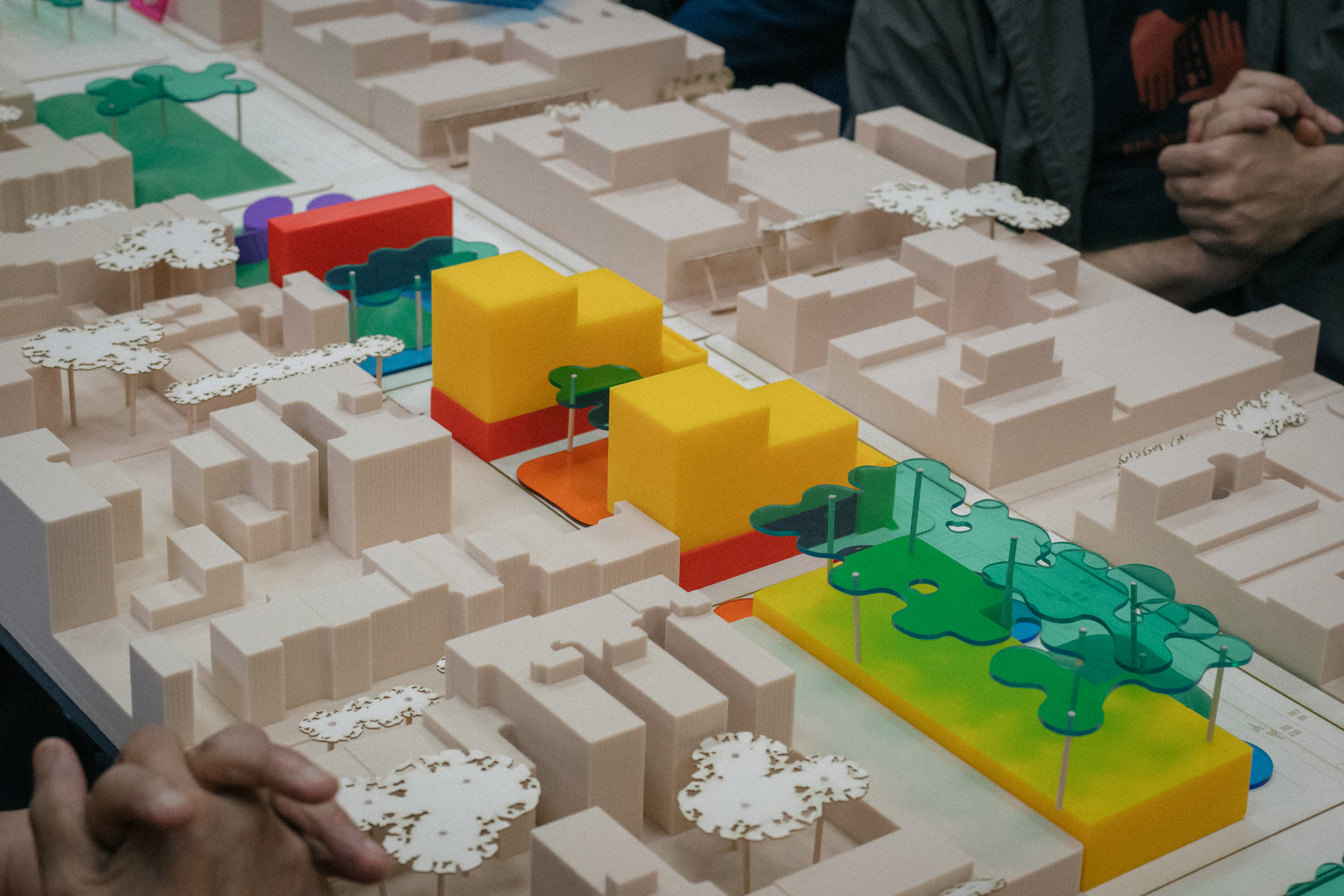
2025 Modeling Community Visions for a Future Without the BQE
In 2025 the IPA will host a series of community-led design workshops to reimagine the Brooklyn-Queens Expressway. The IPA will develop large-scale detailed physical models of neighborhoods adjacent to the BQE. The models, with a removable kit of parts including buildings, landscapes, and alternatives to the highway, will be modified by community members, with their proposals documented and shared with local leaders and elected officials. Several design workshops – free and open to the public –will be held at community venues this year.
︎︎︎Learn More
![]()
2024 Oral History Archive
The Story of the BQE Film and Oral History Project, produced by the IPA with NYU Schack Institute of Real Estate, expands upon IPA’s ongoing effort since 2020 to highlight the institutional segregation and environmental impacts created by the highway and help raise awareness of the historical exclusion of disadvantaged communities in decision-making about their physical space.
︎︎︎Listen

2024 The Story of the BQE: A Film and Oral History Project
The documentary uses archival footage and photography to show how the construction of the BQE demolished historic neighborhoods in Brooklyn and Queens, divided communities, and displaced hundreds of thousands of New Yorkers across the two boroughs. The oral history project records intergenerational audio interviews between families, friends, and neighbors, providing opportunities for those affected by the BQE to preserve memories of their lives, community, and stories of living near the highway, as well as their hopes and dreams for the future.
︎︎︎Learn More
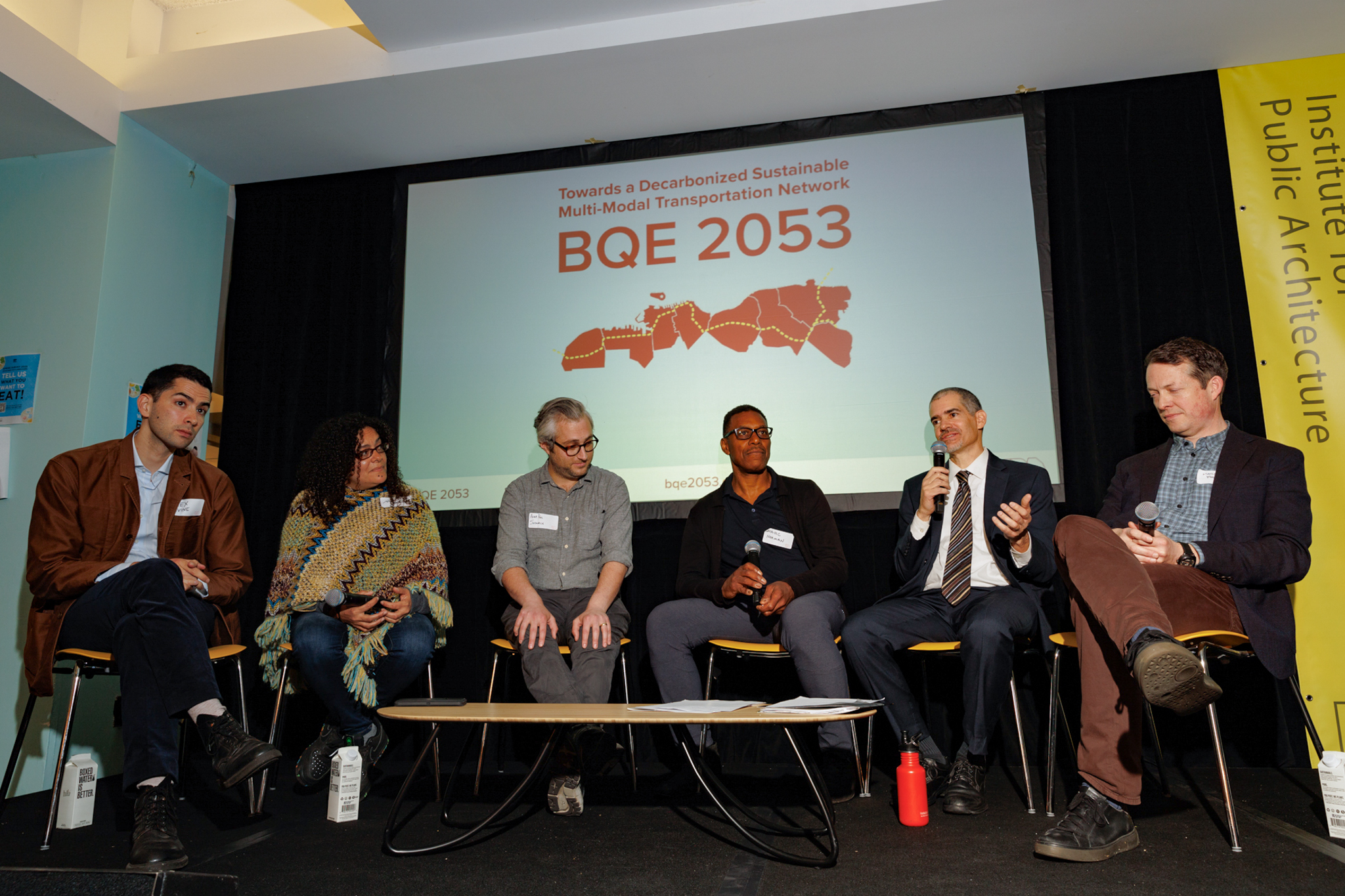
2023 Symposium: Towards a Decarbonized Sustainable Multi-Modal Transportation Network
On May 20 2023, the IPA hosted a full-day symposium, free and open to the public at the Harbor School on Governors Island. A series of panels on highway removal, alternative transportation systems, community land trusts, and visions for the future, led by experts and community members discussed if the BQE, with freight moved to rail and water, were to become a tree-lined narrower boulevard rather than a trenched or elevated highway, what would communities want to do with this newly available ‘land bank?’
︎︎︎Learn More
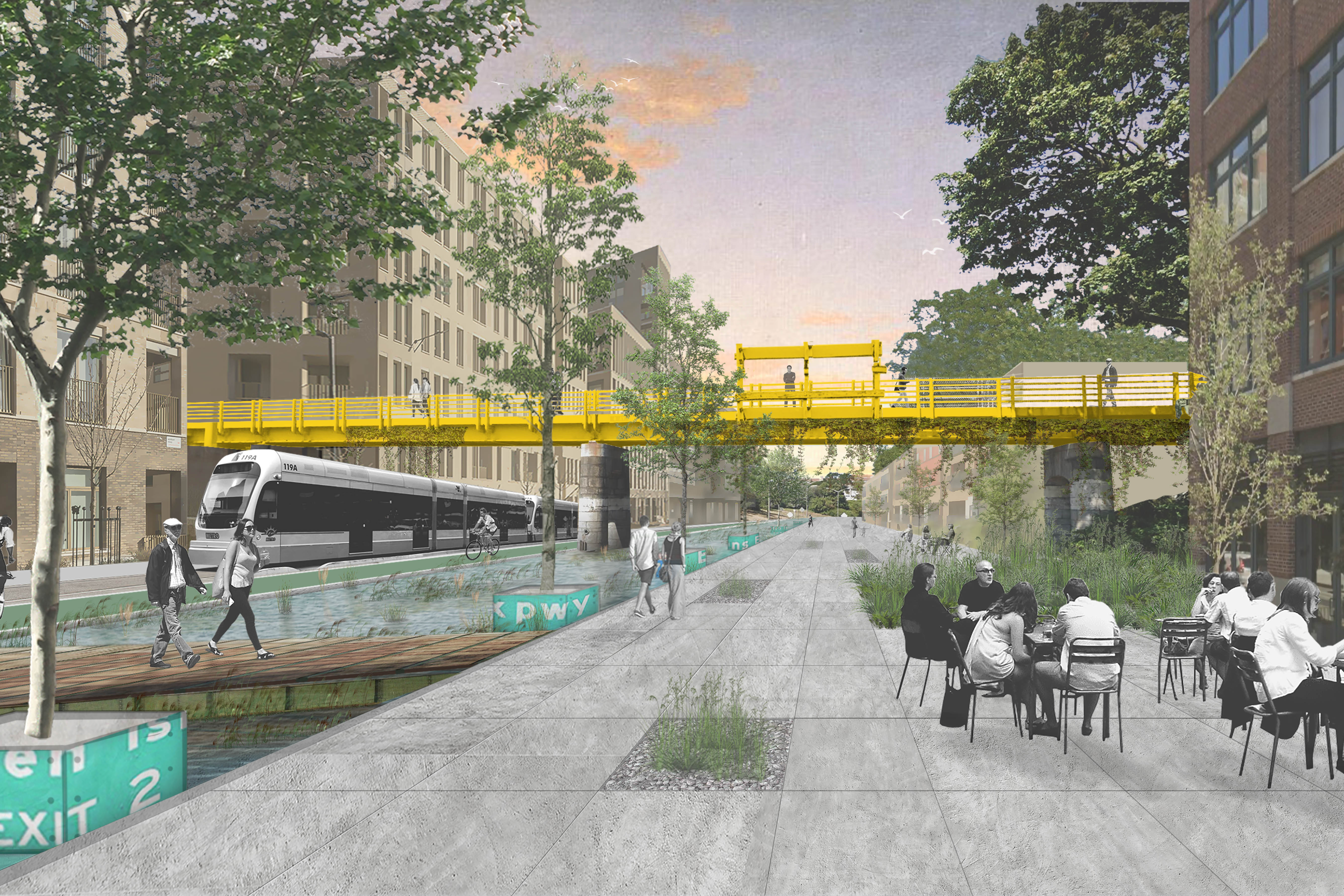
2022 Fall Fellowship: Reconnecting Communities Across the BQE
Teams considered sections of the BQE that might be removed, reconceived as boulevards, or decked-over, with an opportunity for communities to decide which programs—housing, community space, urban farms, recreation, schools, green industries—might occupy this potential ‘land bank’ along the BQE corridor.
︎︎︎Learn More

2020 Fall Fellowship:
To BE or not to BQE
Five teams of Fellows were asked to envision a future without the Brooklyn-Queens Expressway; considering strategies and a re-use of the land it currently occupies in ‘a broader vision for the future of the highway.’
︎︎︎Learn More

